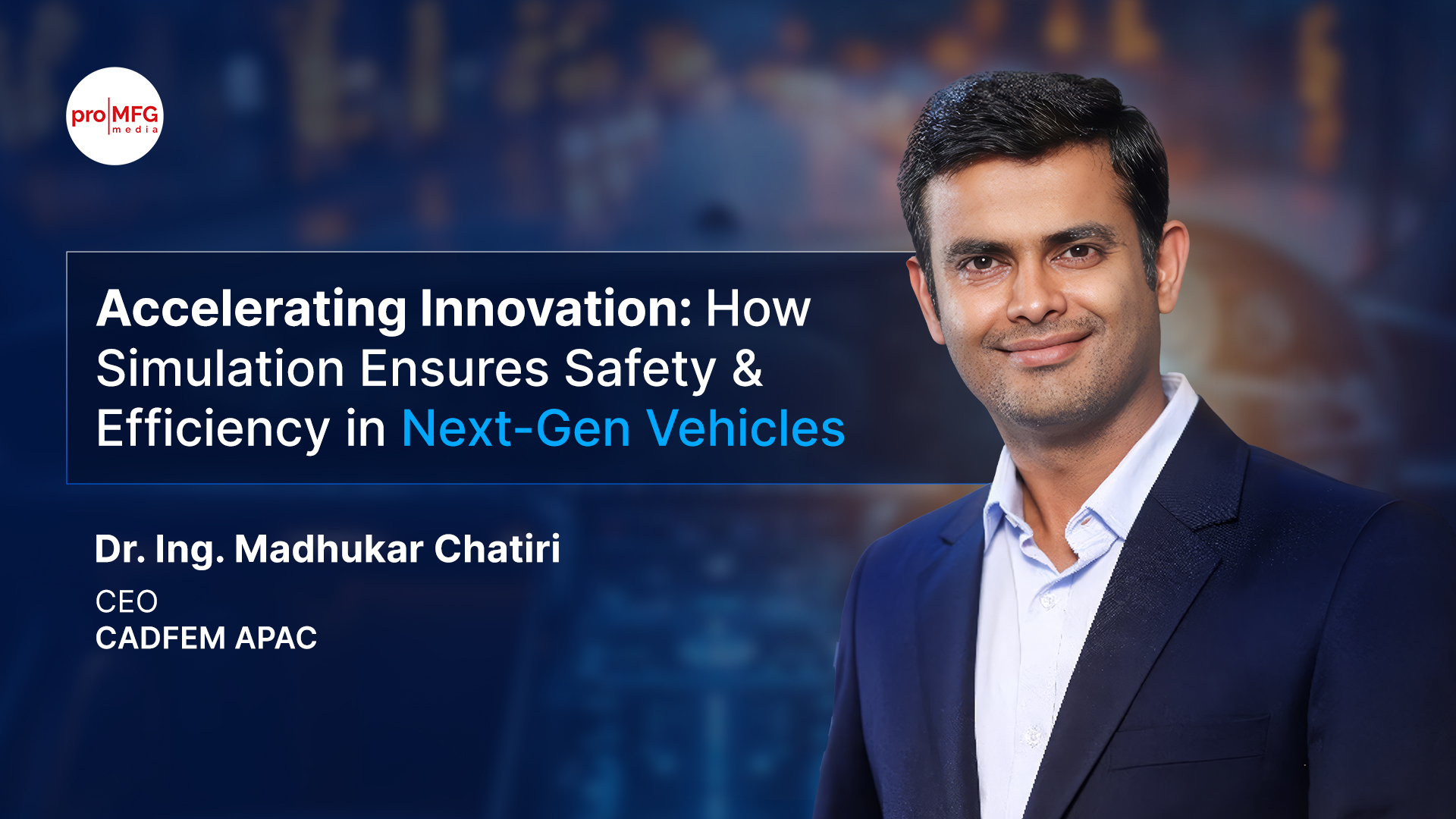Smart Manufacturing is Safe Manufacturing - Key to Securing IT/OT operations
#Automobile #OT #IT #Industry4.0 #CyberSecurity #IoTThe automobile industry is one of the most fascinating industries but is surrounded by the complexities of the demanding logistics for manufacturing these complicated devices that are sold consistently with high quality. One can imagine how intricately interwoven is the supply chain with exclusive designs, engineering, customer database, and dealerships. Not to deny, the complex process has its own challenges, and overall security concerns within one’s manufacturing facilities are a topic of discussion.
The prime concern is comprehending the difference between IT and OT specifically, the differences between the KPI of the teams that handle the respective aspects. The principal KPI concerning the OT in general, in any plant or facility, is safety, followed by the money uptime, the continuous availability of the systems, maintaining a consistent set quality for the product, thus ensuring that the production is running smoothly.
The fact that every organization believes that they are unlikely to be attacked by any malware or any virus is a critical issue. Given the current geopolitical tensions, if we keep believing that we are safe and no hacker will attack our facility, it is a mistake. We need to break this false sense of security, and with the changing pace, we must build stronger security in the facilities. The spate of ransomware attacks against operational technology environments this year has caused disruptions, making one an easy target. The so-called concrete line of security between operational technology and information technology systems is rapidly dissolving, and which is highly concerning. Some organizations haven’t segregated IT and OT networks thus, predicting a larger problem.
While on the other side, the majority of the organizations have started embracing the concepts of IoT, and in other words, it is the beginning of Industry 4.0, and we are currently transitioning from a serialized operational method to a digital core. It’s a great degree of interconnectivity between manufacturers, factories, customers, supply chain management, the engineering team, and the planning organization, and thus we have developed a fully meshed, communicative, and highly reactive environment. Nevertheless, we will need to install a huge share of intelligent devices to achieve the objectives.
Even the smart factory equipped with IoT devices that help to facilitate the efficiencies for the tightly-knit community of the organizations happen to be adjacent to the production processes, which is then adjacent to the existing infrastructure is apparently more prone to the cyber threats than it was in the past. The automobile industry is more exposed to risks compared to other industries. There may have been instances wherein we question ourselves whether the digital way is the right way but, for numerous reasons, it is the most appropriate way as it provides one with greater flexibility and an ability to react promptly to market change and tap the consumer taste with the changing world. Due to the IoT and Industrial 4.0, we are in a tighter fusion of interoperability with the people and have become more real-time than ever.
We have developed an ability to adapt and control even more complex products from more suppliers. It has enabled us to create sophisticated products and monitor very closely every single step in the facility that helps in optimizing the processes and reduce turnaround time but, to achieve the goals, we need to source the right components from different places. Well, though real-time provides us with many more opportunities to grow efficiently, there are numerous segments that also create risk for the organizations.
The increase in the sophisticated content of the electronics, actual controls, and our migration towards intelligent vehicles is also resulting in increased cybersecurity in the manufacturing process. The security of the supply chain has become more important than it has been any time before. The manufacturers are wrapped with numerous concerns such as lack of accurate asset inventory, lack of a complete understanding of communication patterns within the facility, lack of visibility into exposure due to vulnerabilities, poorly implemented vertical security, limited enforcement points, threat detection, lack of patching/ obsolete systems and information security governance.
The attackers are highly excelling in attacking the industry, and the classic example remains the attack on Ukraine Power Grid in 2015 and 2016. While the attackers are excelling, and we are embracing migration to industry 4.0, the IT & OT problem accelerates. Thus, it is essential to implement a performance discovery function and check out the baseline configuration that will secure the entire system. Another important action will be the discovery of the communications and, the last one will be a look back function wherein one would be able to monitor the indicators of compromise, malicious or suspicious traffic, perhaps, behavior patterns, and signs of any actual attacks or intrusions that might be taking place within the environment. Thus, ensuring security in the industry and especially in the automobile industry. Due to the IoT and Industrial 4.0, we are in a tighter fusion of interoperability with the people which have become more real-time than ever.
NEWSLETTER
TRENDING ON PRO MFG
MORE FROM THE SECTION









